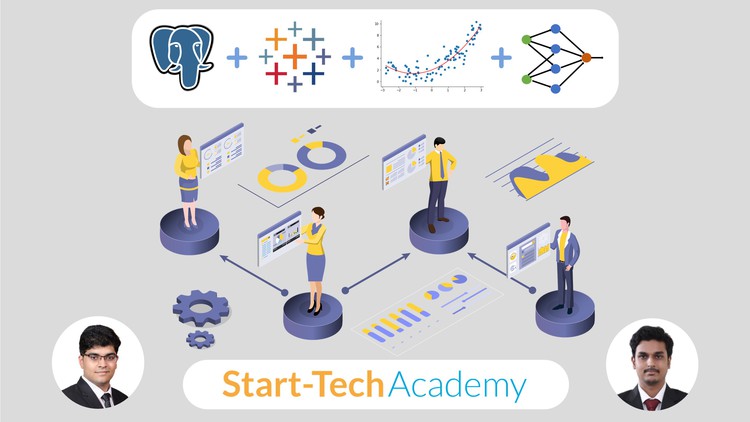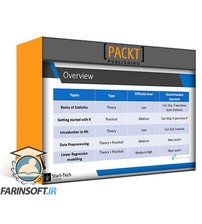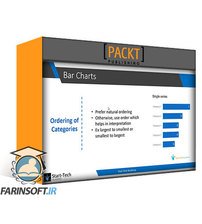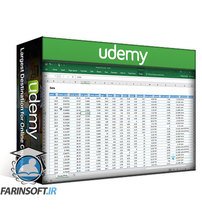در حال حاضر محصولی در سبد خرید شما وجود ندارد.

4-in-1 Bundle covering the 4 essential topics for a data scientist - SQL, Tableau, Machine & Deep Learning using Python
در این روش نیاز به افزودن محصول به سبد خرید و تکمیل اطلاعات نیست و شما پس از وارد کردن ایمیل خود و طی کردن مراحل پرداخت لینک های دریافت محصولات را در ایمیل خود دریافت خواهید کرد.


Master SPC Control Charts using MS Excel
-with-Keras-in-Python-and-R-main-resized.jpg)
شبکه های عصبی مصنوعی (ANN) با Keras در پایتون و R

آموزش انجام یادگیری ماشینی با Linear Regression Model in R

Excel Analytics: Linear Regression Analysis in MS Excel

آموزش مصور سازی داده ها در Excel : نمودارها و گراف ها

مصور سازی داده ها و داشبورد سازی بوسیله Google Data Studio

Google BigQuery & PostgreSQL : Big Query for Data Analysis

Ace the Tableau Desktop Specialist Exam: Prep Guide & Tests

شبکه های عصبی در پایتون: یادگیری عمیق برای مبتدیان

تشخیص تصویر برای مبتدیان با استفاده از CNN در R Studio